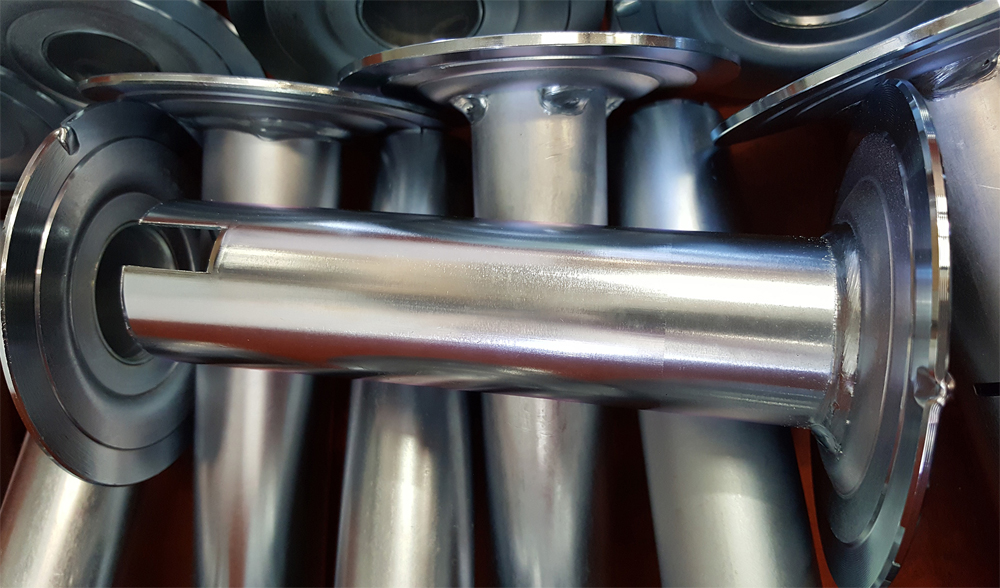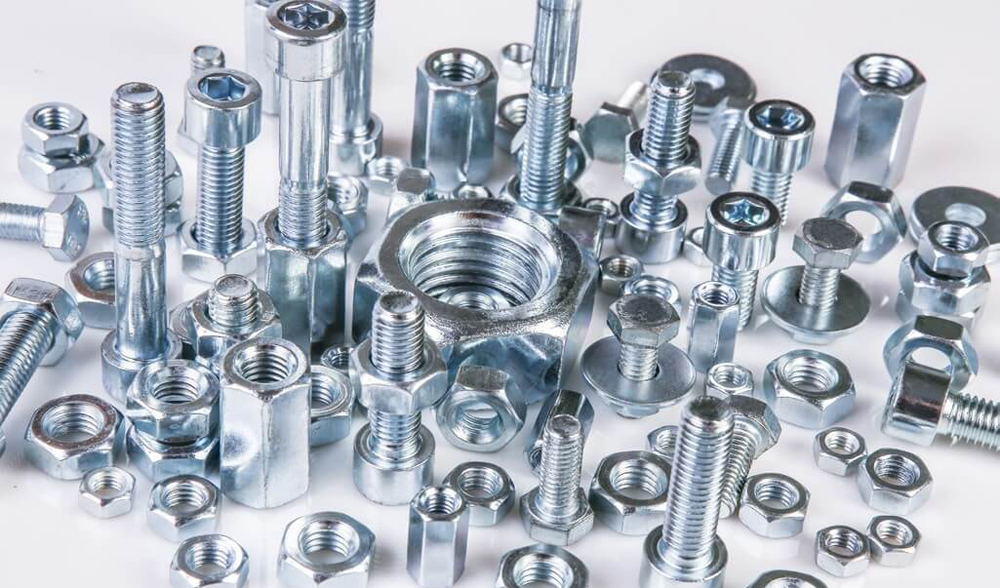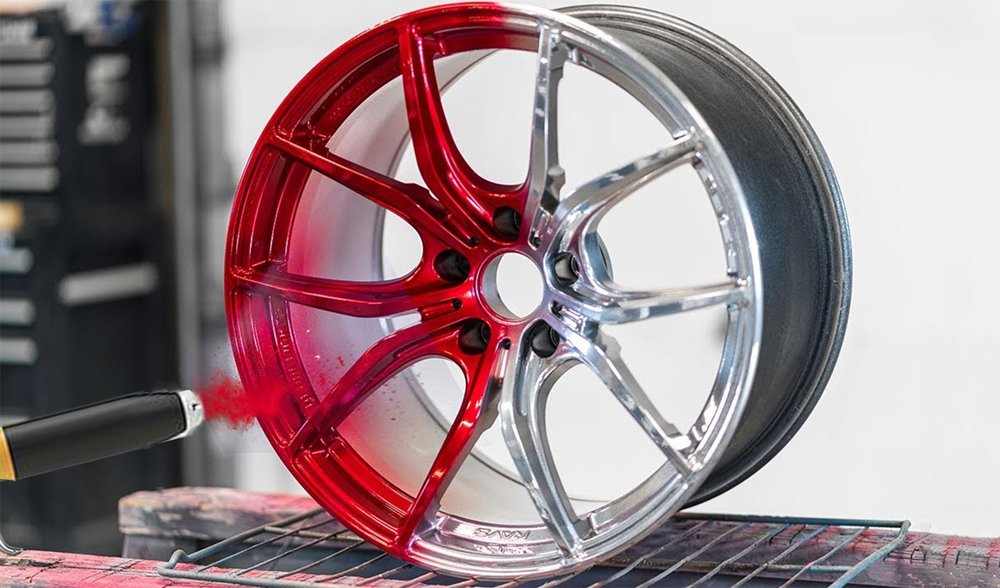Sheet metal items play an extensive role across contemporary society and are a prevalent feature within manufacturing, industrial, and transportation sectors. Alongside various advantageous attributes, sheet metal exhibits remarkable strength, resilience, and longevity. However, specific environments can undermine these qualities due to corrosion and other types of structural deterioration.
Manufacturers often employ surface coatings to shield sheet metal from undesired oxidation. Among the prevailing protective approaches, zinc plating and powder coating stand out. This piece delves deeper into the particulars of these techniques, alongside the comparative advantages to weigh when deciding between the two.

Zinc Plating
Zinc plating, a variant of galvanization, encompasses the deposition of a thin zinc metal layer onto the surface of another metal using electrodeposition. The zinc establishes a protective barrier, effectively thwarting oxidative agents from corroding the underlying metal surface, often termed the substrate.
A common misconception is that zinc is entirely impervious to corrosive effects. However, this is not accurate. Instead, zinc provides what is referred to as cathodic protection. In essence, zinc is susceptible to corrosion, but this sacrificial action safeguards the underlying substrate.
Nevertheless, zinc boasts a greater inherent resistance to corrosion compared to steel. This resilience can be attributed to zinc’s capacity to develop fundamental carbonate films. The specific corrosion rate of zinc hinges on environmental variables like moisture levels, the speed at which the surface dries, and potential industrial pollutants.
Zinc Plating Process
Zinc plating entails a multifaceted process that demands a substantial quantity of specialized equipment. The initial phase entails meticulous preparation of the substrate through a comprehensive surface cleansing. The presence of debris, rust, or impurities could hinder the proper adhesion of zinc. Typically, substrate cleaning involves utilizing an alkaline detergent solution followed by an acid treatment to eliminate any corrosion.
The coating procedure occurs within an electrolyte solution called the plating bath. This bath comprises the zinc in its ionic form along with other essential chemicals. The introduction of the substrate to the plating bath occurs through one of two methods. The first, known as barrel plating, involves placing loose components directly into a barrel, which is then immersed in the plating bath.
Barrel plating provides rapid and uniform outcomes. Nevertheless, certain components might be either oversized or delicate for this approach. In such scenarios, substrate parts are attached to a rack plating system and submerged in the bath. In both instances, an electrical current is introduced to the plating bath, instigating the electrodeposition procedure that deposits a zinc layer onto the substrate.

Powder Coating
Powder coating adopts a distinctly different approach to shield a substrate from corrosion. Unlike the cathodic protection mechanism of zinc plating, powder coating relies on barrier layer protection. Essentially, powder coating establishes an impermeable outer layer, effectively obstructing water and other oxidizing agents from reaching the vulnerable metal.
Powder coating comprises an organic substance similar to paint, composed of pigment and resin. These finely powdered particles are electrified and subsequently sprayed onto the substrate. The electrostatic charge facilitates their adherence to the surface. Subsequent application of heat causes the particles to liquefy, fusing them into a consistent and continuous layer.
Powder Coating Process
Similar to the zinc plating process, powder coating initiates with a comprehensive chemical cleansing of the substrate called pre-treatment. The objective is to eliminate any dust, grease, oil, rust, or other impurities to guarantee optimal adhesion. After ensuring the substrate is clean, the powder is administered using an electrostatic spray gun.
Powder is transported from the feed hopper to the spray gun by a pumping device through a network of hoses. The spray gun not only guides the powder’s flow but also bestows the electrostatic charge, enabling particle adhesion to the metal. Typically, this application takes place within a spray booth. An integrated powder recovery system retrieves excess spray and channels it back to the feed hopper.
After the sheet metal substrate has been fully coated, the powder necessitates curing. This step is usually executed within a convection or an infrared oven. Once heated to a specific temperature, the powder undergoes melting, fusing into an unbroken film. Subsequent chemical crosslinking transpires, culminating in the solidification of the coating into a durable layer.
Comparison between Zinc Plating and Powder Coating
Having grasped the general outlines of the zinc plating and powder coating procedures mentioned above, let’s now delve into a more detailed examination of the specific pros and cons of each technique in comparison to the other.
Cost
Between the two techniques, powder coating generally proves to be more cost-effective, especially in terms of raw material expenses. In simple terms, the organic substances employed in powder coating are not as costly as the zinc utilized in plating. Additionally, the process itself is comparably uncomplicated, contributing to the reduction of equipment and upkeep expenditures.
When prioritizing durability and the long lifespan of the coating, zinc plating emerges as the economically viable, lasting solution. This effectively minimizes future expenses linked to either recoating or complete component replacement.

Process Time
In terms of processing time, zinc plating holds a minor edge over powder coating. The two methods demand comparable time commitments for substrate preparation. However, once the underlying metal is prepared, the zinc plating procedure can be completed within a matter of minutes. Following the immersion of the component in the zinc bath, a quick rinse and drying are all that’s necessary to make it ready for use.
On the other hand, powder coating demands a relatively greater time commitment. It involves not only the meticulous application of powder across the entire surface but also the subsequent curing of the sheet metal. The curing process alone usually takes around 10 to 15 minutes. While this might not appear extensive, it can considerably extend the processing duration, especially when dealing with a substantial batch of components.
Service Life and Durability
Both powder coating and zinc plating have their specific suitability based on the application at hand. In controlled environments, powder coating offers virtually indefinite protection. However, if the powder coating becomes cracked or sustains damage, corrosion can swiftly take hold. Even a minor scratch can leave the underlying steel exposed without any protective cover.
In contrast, zinc plating will persist in offering protection even in the event of surface scratches or damage. The adjacent zinc will steadfastly execute its role of cathodic protection, drawing corrosive agents towards itself and safeguarding the steel.
Is your application exposed to high-temperature conditions and involves the use of steel? If so, powder coating might offer a more dependable protective solution. To gain a deeper understanding of the intricacies involved in designing, manufacturing, and safeguarding top-notch sheet metal products for such scenarios, we recommend Contacting Our Professionals in this field at China-Static.





